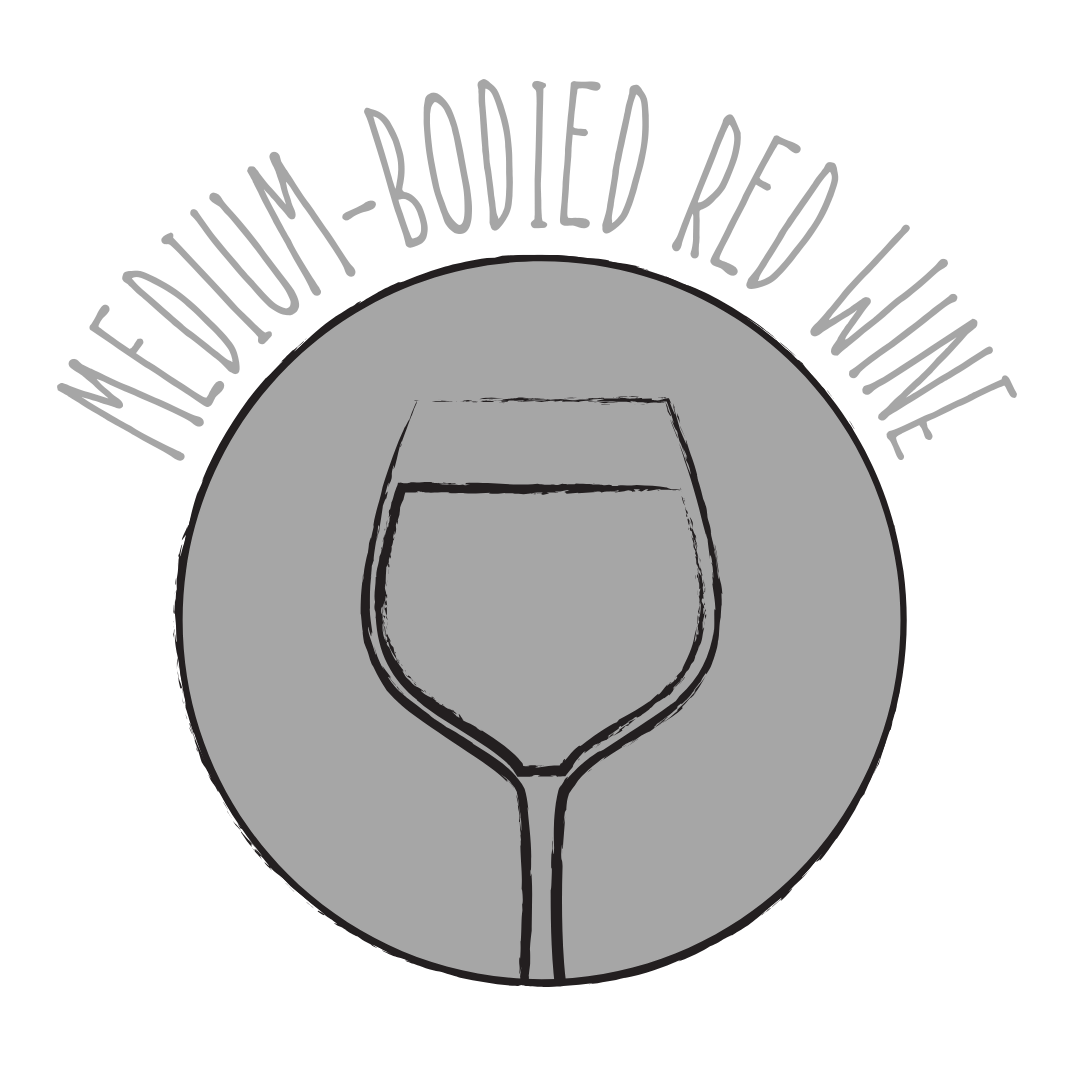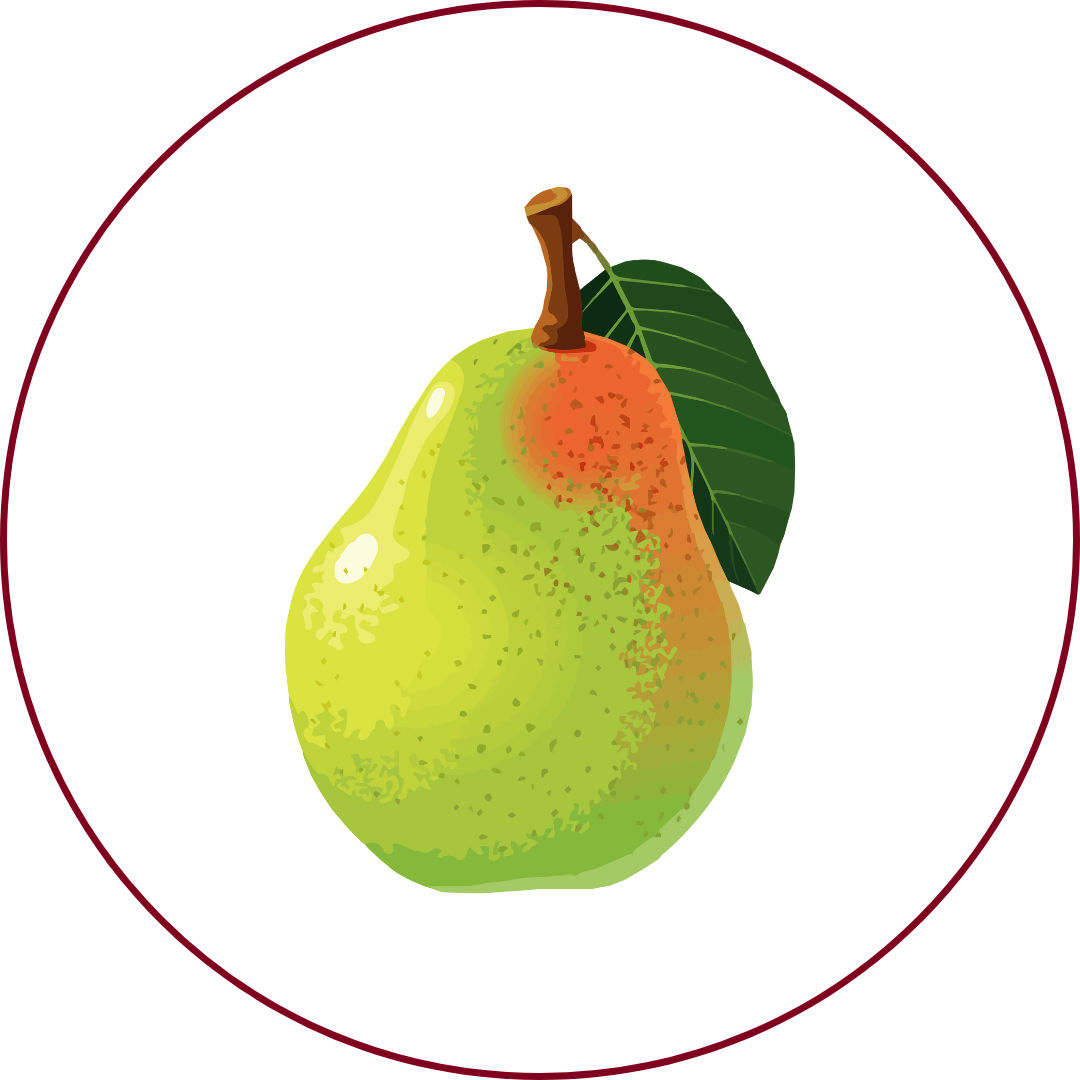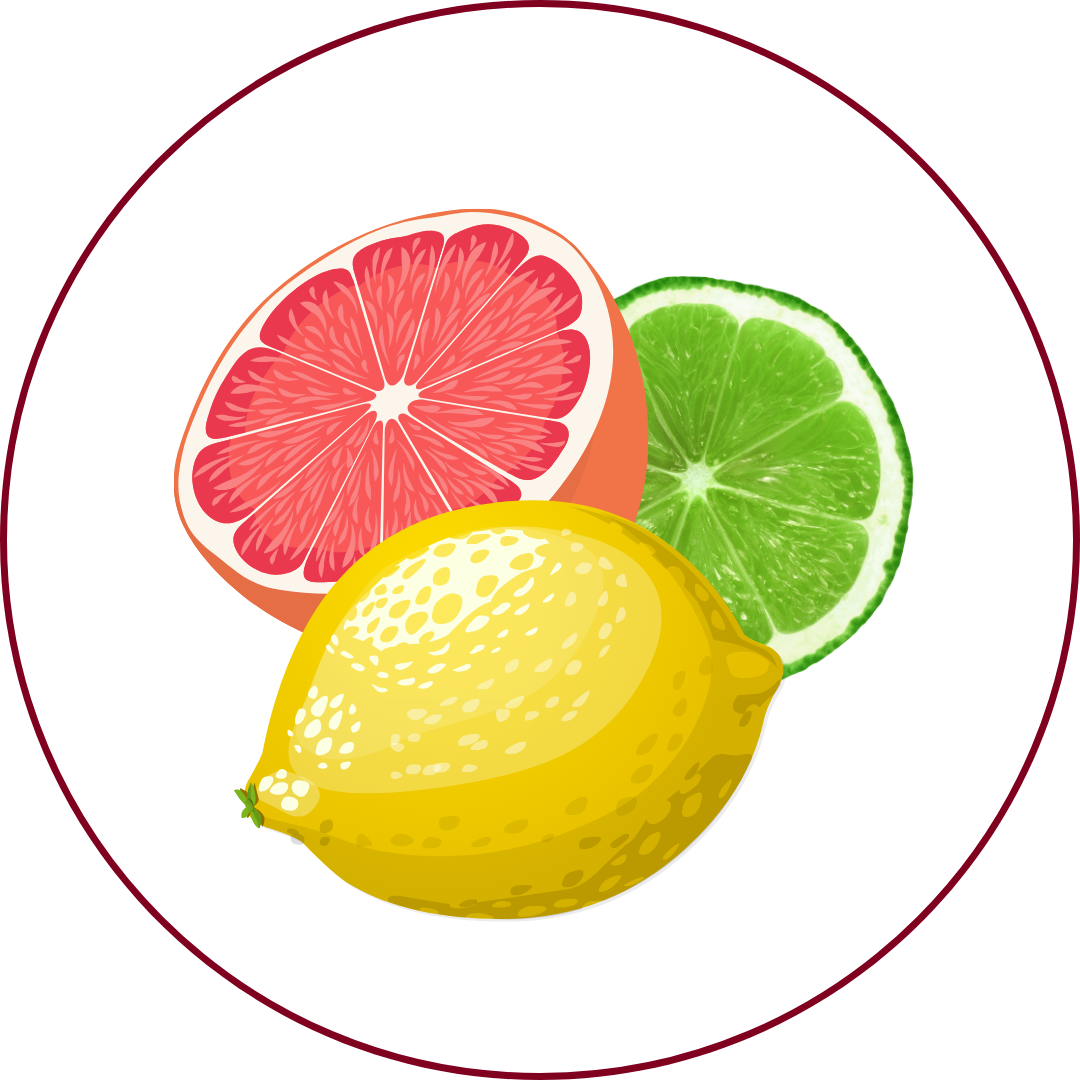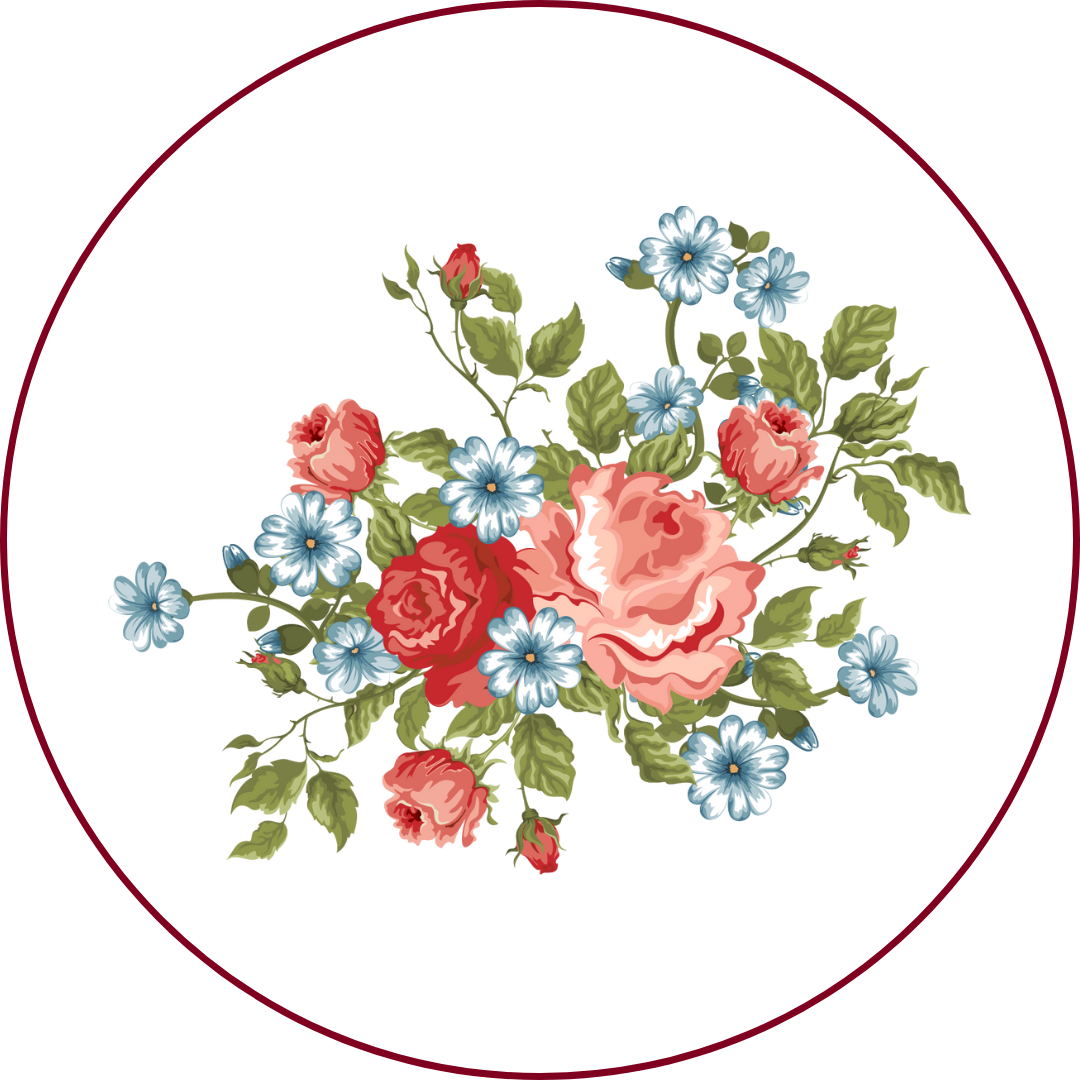Grape Variety
Kerner
"KER-ner"
Wine Styles
 Sparkling
Sparkling Light White
Light White Full White
Full White Aromatic
Aromatic Rosé
Rosé Light Red
Light Red Medium Red
Medium Red Full Red
Full Red Dessert
DessertAbout Kerner
Origin
Lauffen, Württemberg, Germany
History
Kerner is an aromatic white grape variety bred in 1929 by August Herold in Lauffen, Württemberg, Germany. It is a cross between Trollinger (a red variety also known as Schiava Grossa or Vernatsch) and Riesling. The grape was named in honor of Justinus Kerner, a local poet and physician known for his works on wine. Kerner received varietal protection and was released for general cultivation in 1969. It has since become one of Germany's most planted white grape varieties and is also cultivated in other regions, including Italy's Alto Adige and parts of Switzerland.
Appearance
Medium to large clusters of light green grapes with thick skins.
Growing Traits
Kerner is known for its hardiness and ability to ripen in cooler climates. It is frost-resistant and late-budding, reducing the risk of damage from spring frosts. The variety is adaptable to various soil types and produces high yields. Its disease resistance and ease of cultivation have contributed to its popularity among growers.
Wine Characteristics
Body
3/5
Sweetness
1/5
Tannin
0/5
Acidity
4/5
Alcohol
2/5
Medium-bodied with a firm structure, offering depth and complexity. Typically dry, emphasizing its rich fruit character. Negligible tannins, as it is a white grape variety, resulting in a clean finish. High acidity, providing freshness and longevity to the wine. Moderate alcohol content, generally around 12-13%, ensuring balance and drinkability.
Taste Profile

Green Apple

Pear

Citrus

Stone Fruit

Floral
Kerner wines are characterized by fresh aromas of green apple, pear, and citrus, often accompanied by subtle floral notes. On the palate, they exhibit high acidity and a crisp, clean finish. Some expressions may show hints of stone fruit, such as peach or apricot, adding to their complexity. The wine's balance of fruitiness and acidity makes it both refreshing and food-friendly.
Food Pairing
Kerner's high acidity and aromatic profile make it a versatile companion for various dishes. It pairs well with seafood, poultry, and spicy Asian cuisine. The wine's crispness complements salads and light appetizers, while its fruitiness balances richer dishes like creamy pasta or risotto. Kerner also pairs nicely with soft cheeses and can be enjoyed as an aperitif.
Growing Regions

Germany
PalatinateRheinhessenMoselWürttemberg

Italy
Alto Adige (South Tyrol)

Switzerland
Valais

Austria
Styria
Notable Wines & Producers
Abbazia di Novacella Kerner
Abbazia di Novacella
Weingut St. Urbans-Hof Ockfener Bockstein Kerner Spätlese
Weingut St. Urbans-Hof
Cantina Valle Isarco Kerner
Cantina Valle Isarco
Kerner FAQ
Common questions about this grape variety
What is the origin of Kerner?
+
Lauffen, Württemberg, Germany
Is Kerner wine full bodied?
+
Kerner has a body level of 3 out of 5. Which means that Kerner is Moderate bodied.
Is Kerner wine dry or sweet?
+
Kerner has a dryness level of 1 out of 5. Which means that Kerner is Dry.
Where is Kerner wine from?
+
Lauffen, Württemberg, Germany
Where is Kerner grown?
+
Kerner is grown in Germany (Palatinate, Rheinhessen, Mosel, Württemberg)Italy (Alto Adige (South Tyrol))Switzerland (Valais)Austria (Styria).
What is Kerner like?
+
Kerner wines are characterized by fresh aromas of green apple, pear, and citrus, often accompanied by subtle floral notes. On the palate, they exhibit high acidity and a crisp, clean finish. Some expressions may show hints of stone fruit, such as peach or apricot, adding to their complexity. The wine's balance of fruitiness and acidity makes it both refreshing and food-friendly.
What does Kerner pair with?
+
Kerner's high acidity and aromatic profile make it a versatile companion for various dishes. It pairs well with seafood, poultry, and spicy Asian cuisine. The wine's crispness complements salads and light appetizers, while its fruitiness balances richer dishes like creamy pasta or risotto. Kerner also pairs nicely with soft cheeses and can be enjoyed as an aperitif.
What does Kerner taste like?
+
Kerner wines are characterized by fresh aromas of green apple, pear, and citrus, often accompanied by subtle floral notes. On the palate, they exhibit high acidity and a crisp, clean finish. Some expressions may show hints of stone fruit, such as peach or apricot, adding to their complexity. The wine's balance of fruitiness and acidity makes it both refreshing and food-friendly.
Take Kerner Knowledge with You
Access detailed grape profiles, tasting notes, and pairing suggestions on your iPhone.
Download on theApp Store